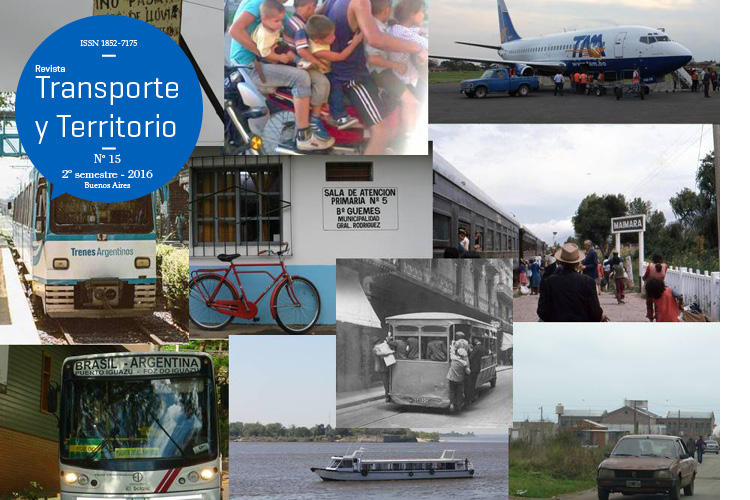By bus or by car? Capital of motility, middle classes and new neighbourhoods in
Keywords:
everyday mobility, capital of motility, middle classes, gated communities
Abstract
This text has as goal to analyse the capital of motility that is possessed by a middle class groups of in a Colombia city (Cali); in particular, we are interested to assessment the connection between the everyday mobility logics of that social sector and the configuration of new neighbourhoods for these social sectors. For that, we are based on the notions of motility, which, in order to assessment the capacity of mobility –real or potential-, has in consideration three dimensions: the offer of access, skills of individuals and appropriation. With this goal, we have selected two semi-closed neighbourhoods: both of them in the south of the city, and we have applied a pool to 148 individuals and interviews to 20 youth and adult residents fundamentally. Thus, and according to data obtained, it could be argued that despite having two neighborhoods certain transportation alternatives, most residents move themselves by car. It is because, among other reasons, to poor service of public transport, habitat fragmentation and by configuration of a mobile habitus based on the privated and individual mobile devices more than collective and no-motorized ones. However, not all adult residents have the same resources or capital of motility. The male sector analyzed tends to use the car more than women. Although this implies a situation of inequality, it also means that these women have a higher degree of competence than the men in order to combine tactically the different means of transport available.Downloads
Download data is not yet available.
How to Cite
García Jerez, F. A. (1). By bus or by car? Capital of motility, middle classes and new neighbourhoods in. Revista Transporte Y Territorio, (15), 348-368. https://doi.org/10.34096/rtt.i15.2864
Section
Artículos

1.jpg)

3.png)























